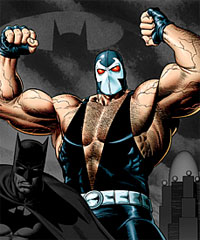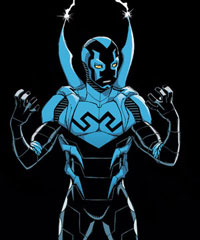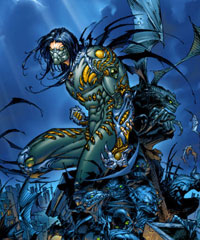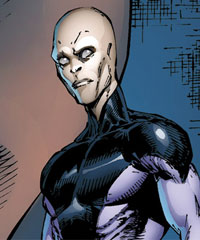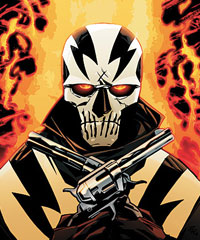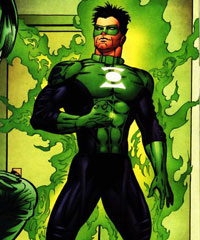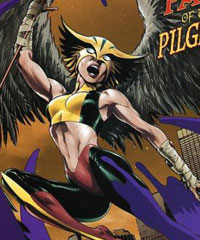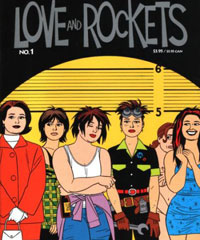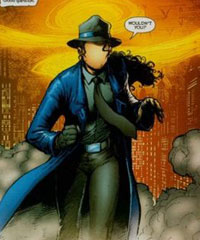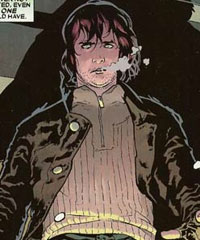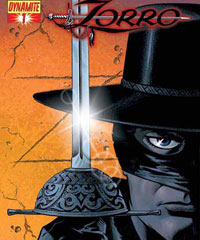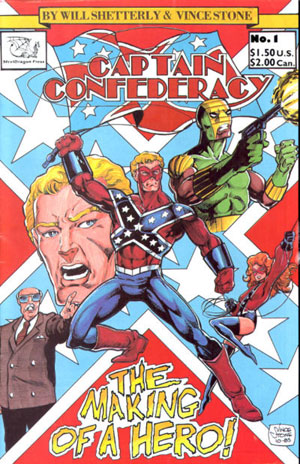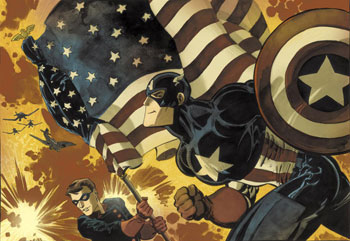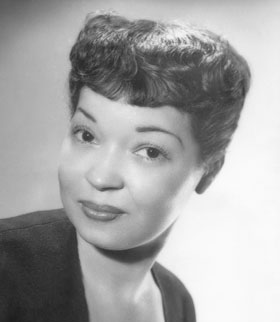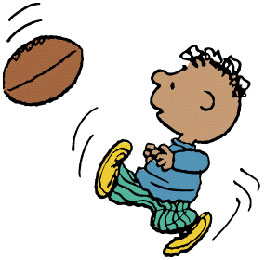Hispanic Heroes in Comics
The calendar on the wall says today marks the official beginning of National Hispanic Heritage Month, which seems like as good a time as any to review the presence of Hispanic characters in comics. Though the Wikipedia page on Hispanic superheroes lists a whole lot of characters, the vast majority of them are either from small-press companies or are not currently appearing in any books. I’m not going to even try to address all of them, just because there are a ton of these characters who I know absolutely zip about, but let’s take a look at a few of the more prominent Hispanics in comics. (NOTE: No, this isn’t every Hispanic character ever — I tried to stick to characters who were currently being published.)
Bane – His real name is unknown, but his origin says he was born in and grew up in a brutal prison in a fictional Latin American country. He’s generally been portrayed as a supervillain — most prominently as the guy who broke Batman’s back — but he has occasionally operated as a superhero.
Bane is one of the characters in DC’s new “Secret Six” series.
Blue Beetle – Probably the most high-profile Hispanic character in comics right now — which is a bit depressing, because the “Blue Beetle” comic book has struggled with low sales numbers and always seems to be on the brink of cancellation. Jaime Reyes is an El Paso high school student who finds a discarded blue scarab which ends up fusing itself to his spine, allowing him to turn into an armored superhero with a vast array of weaponry. Most of his supporting cast is also Hispanic.
Jaime currently appears in “Blue Beetle” and “Teen Titans,” with some appearances in “Tiny Titans.”
The Darkness – Jackie Estacado is of mixed Spanish and Italian ancestry. He’s a Mafia assassin who winds up possessing a power called the Darkness which allows him to create almost anything, though his abilities only function in darkness. Technically, his powers are actually aligned with elemental evil forces, but he seems to end up working on the side of the good guys as often as not.
The Darkness appears in — duh! — “The Darkness” and the new “Broken Trinity” miniseries from Top Cow Productions.
Darwin – Armando Muñoz is a mutant in the Marvel Universe. He has mixed Spanish and African ancestry. His mutant power is “reactive evolution” — in other words, his body adapts to almost any situation or environment to allow him to evolve new powers. Turn out the lights, and he’ll be able to see in the dark. Dunk him underwater, and he’ll grow gills. Stick him in a burning building, and he’ll evolve fire-proof skin. Put him in a fistfight against the Hulk… and he’ll evolve the ability to teleport to a safe distance away.
Darwin is a regular character in the current incarnation of “X-Factor.”
El Diablo – Originally a Wild West hero, later an unpowered crimefighter in the ’80s, the current version is a criminal named Chato Santana who operates as a bit of a Robin Hood kind of guy. He’s a drug dealer, but he uses his money to benefit the less fortunate. That’s about all I know about the guy right now — his series is brand new, and I haven’t picked it up yet.
El Diablo appears in DC’s current miniseries called “El Diablo.”
Gangbuster – Jose Delgado got his start as part of Superman’s supporting cast, where he operated as an unpowered vigilante who targeted street gangs. Since then, he’s become a cyborg and has kinda-sorta retired. However, he’s been brought back around as one of the main characters in DC’s current weekly series “Trinity.”
Gangbuster currently appears in “Trinity.” Wait, I said that already, didn’t I?
Green Lantern – Specifically, Kyle Rayner. He discovered towards the end of his solo comic that his father was from Mexico. A graphic artist and cartoonist, he was given the last Green Lantern ring in the universe after Hal Jordan destroyed the Green Lantern Corps. After operating on his own for many years, he used a temporary boost in his powers to re-create the Guardians of the Galaxy, the planet Oa, and the Central Power Battery. I think he’s always been my favorite GL.
Kyle appears regularly in “Green Lantern Corps” and makes guest appearances in “Green Lantern” and other DC comics.
Hawkgirl – Both Hawkman and Hawkgirl reincarnate every time they die, but the current version of Hawkgirl, Kendra Saunders, is of mixed Hispanic descent. This is almost never referred to by anyone. Until recently, I thought she was 100% Caucasian. Though she wears a set of artificial wings, her power of flight is actually because of a belt she wears which is made of a substance called “Nth Metal.”
Hawkgirl appears in the “Justice League of America” comic.
Love and Rockets – Well, it’s not really one specific character, but this long-running independent series, created by Gilbert and Jaime Hernandez, features a large number of Hispanic characters, including Maggie, Penny Century, Luba, Ray, Speedy, Vivian, Izzy, and the population of the village of Palomar, as well as numerous other characters. The ongoing stories in this series are a combination of realism, punk rock fantasy, and magical realism, like in Gabriel Garcia Marquez’s novels.
There is a current series of “Love and Rockets” on the shelves, but there are also extensive reprints and anthologies of the older series that you can buy.
The Question – Renee Montoya is a former Gotham City police detective who quit the force after she was outed as a lesbian. Knowing he was dying, the original Question, Vic Sage, took her under his wing and trained her to replace him. Operating as a vigilante, she wears a special mask that makes her appear faceless.
You can read Renee’s full origin as the Question in the “52” miniseries from a couple years ago, and she has appeared several times in the “Final Crisis” series and as a guest in other DC comics.
Rictor – Julio Esteban Richter is a former mutant able to generate seismic energy and shockwaves from his fingertips. After being depowered, along with most of Earth’s mutants, he has joined the “X-Factor Investigations” private detective agency.
Rictor appears in Marvel Comics’ “X-Factor.”
Zorro – The granddaddy of all Hispanic superheroes. Heck, he was one of the major inspirations for Batman, which definitely makes him one of the most influential characters in adventure fiction. He was created in 1919 by Johnson McCulley for a pulp magazine. While masquerading as an ineffective fop, Don Diego de la Vega donned cape, mask, hat, and sword to battle corrupt officials in Spanish colonial California.
Though he’s most associated with movies, TV, and prose fiction, there have been several incarnations of “Zorro” comics, including a recent series from Dynamite Entertainment.
So there’s what we got. It doesn’t look like that bad a list of characters — but I am consistently surprised that there aren’t more Hispanic characters in comics, especially with a rapidly-increasing population of Hispanic-American citizens. Is it just a matter of the comic book industry being dominated by Caucasians, both as creators and as readers? That is probably a big part of the problem, but the smart companies should start realizing that a more diverse selection of characters would be more appealing to a more diverse readership.
I’ve always thought reading comics about the Guild of Perpetually White Superheroes was dull as cheap vanilla ice cream — and having more minority characters in comics makes the stories more appealing, as well as making a fictional comic-book universe more realistic and interesting…
Comments off

